Bunting-Berkhamsted 2020 Review
By Paul Fears | 14 December 2020
On January 1st, nobody could have predicted the challenges businesses would face in 2020. Despite the restrictions and obstacles presented by the Covid-19 pandemic, companies adapted and continued to design and manufacture as they supported customers. December provides the ideal opportunity to reflect on many of Bunting-Berkhamsted’s positive news stories shared in 2020.
A Positive Start to 2020
2020 began with the the appointment of long-standing employee Alan Why as Bunting’s UK Sales Manager. Having successfully developed magnet-related business for Bunting over a seven-year period, Alan assumed a wider senior role for both Bunting’s Berkhamsted and Redditch sites.
There was exciting news at the end of the month with the announcement of the first of a series of annual orders for 300 bespoke multi-pole Samarium Cobalt (SmCo) magnetic rotors. The specialist magnetic rotors are for a confidential aerospace application.
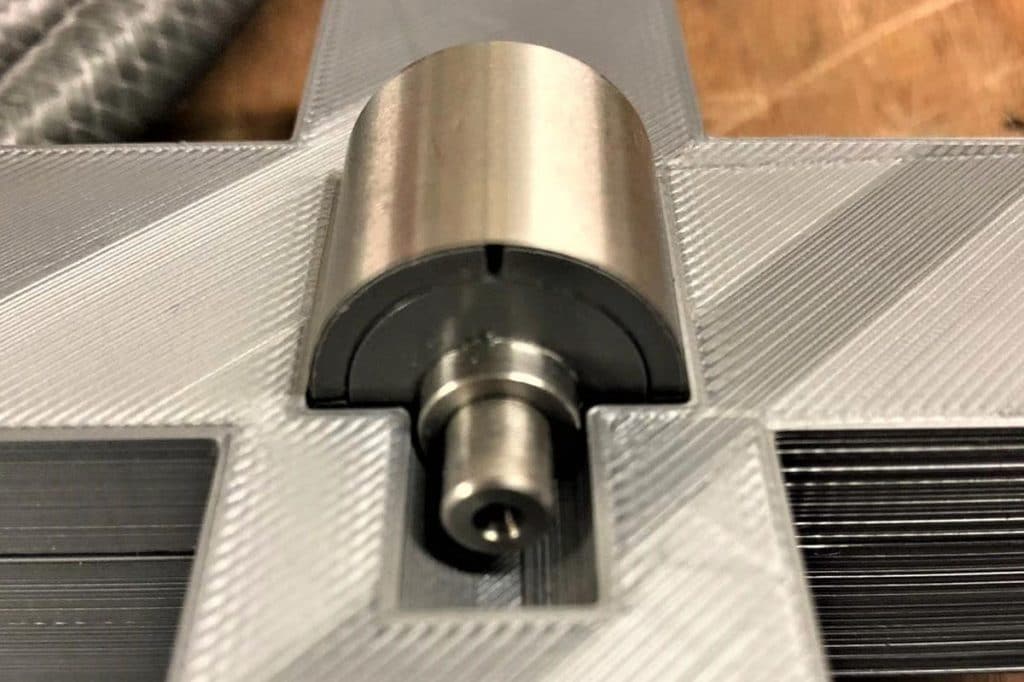
In February, following a sustained period of growth and expansion, Bunting announced the addition of three (3) sales engineers to their Redditch and Berkhamsted teams. Barry Drew and Michael Allen joined the Redditch sales team with Daniel Scott joining the Berkhamsted team.
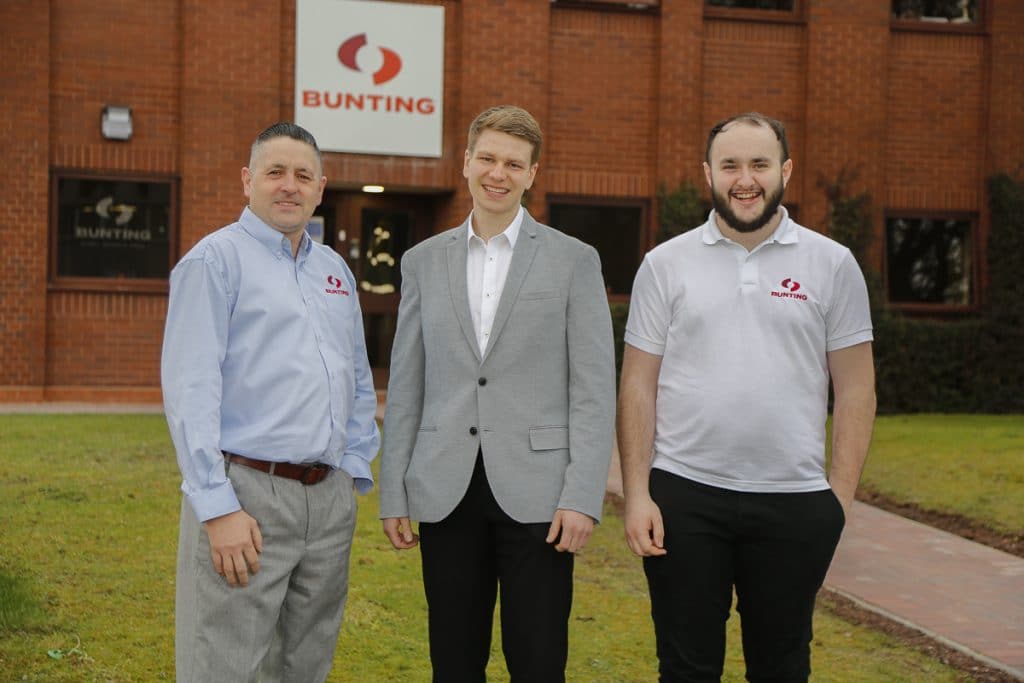
Later in the month, the focus turned to bespoke engineering for the automotive sector. With the aim of simplifying the manufacturing process and improving safety, Bunting’s technical engineering team developed technology for post-assembly magnetisation. Subsequently, a complex magnet assembly is constructed unmagnetized and then charged.
There are many advantages to post-assembly magnetisation. Constructing the magnet assembly is easier and the time taken is shorter. There is also a reduced risk of mistakes occurring during assembly (e.g. incorrect polarity orientation). Post-magnetisation means that the polarity and magnetic field are exactly as required for every magnetic component. This type of component consistency is ideal for the automotive sector.
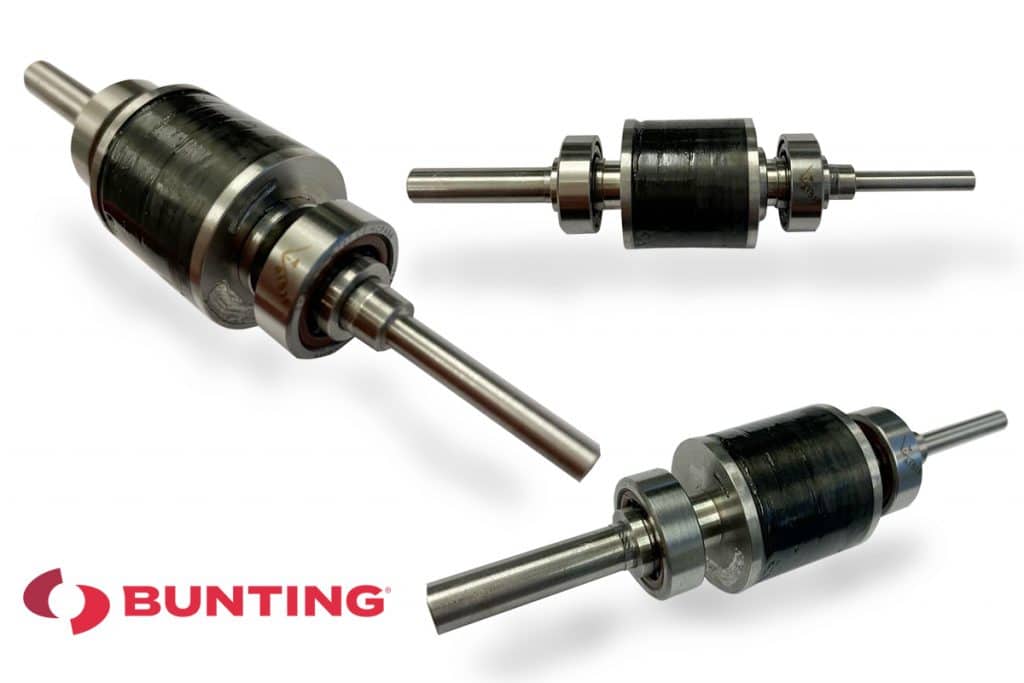
The focus on evolving product design continued in March with a technical review of how carbon fibre is used to contain magnets on high-speed rotating magnet rotors. Magnetic rotors are used in a wide range of applications including motors, generators, and alternators. These rotors spin at very high speeds and a key design consideration is ensuring that the motors do not become detached from the magnet carrier.
April marked an environmental focus reviewing the recovery of metals and magnets from electric vehicles. The anticipated proliferation of electric vehicles presents many recycling challenges including recovering rare earth magnets for recycling and reuse. Bunting is at the forefront of this research and a key member of the EU-funded SUSMAGPRO (Sustainable Recovery, Reprocessing and Reuse of Rare Earth Magnets in a European Circular Economy). The project aims to develop a recycling supply chain for rare earth magnets in the European Union and to demonstrate the effective reuse of recycled rare earth materials within several industries.
Blog: Metal Recovery from Electric Vehicles
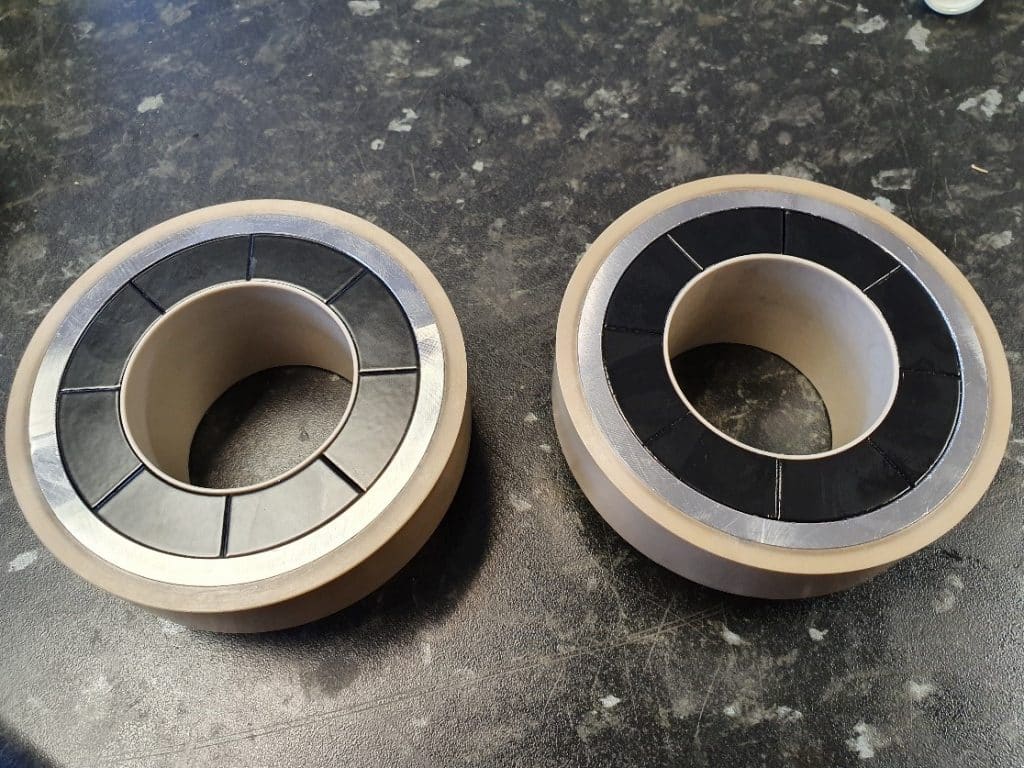
Bespoke engineering was again a focus when an international Oil and Gas company turned to Bunting when investigating designs for a novel magnetic system to act as a pressure relief valve. The resultant Pot Magnet assembly design requirements were complex with a number of significant technical challenges, overcome by Bunting’s magnet engineering team.
Blog: Bespoke Pot Magnet Design for Oil and Gas Application
By April, restrictions in the UK due to the escalating Covid-19 pandemic meant that Denis Elkins, our Quality and Health & Safety Manager, had to take a different approach for an audit by global certification body NQA. Over 4-days, Denis worked through the virtual audit from his home. The result was a 3-year re-accredited certification for Quality (ISO9001), Environment (ISO14001) and Health & Safety (ISO45001).
Blog: Virtual Audit for ISO9001 ISO14001 and ISO45001
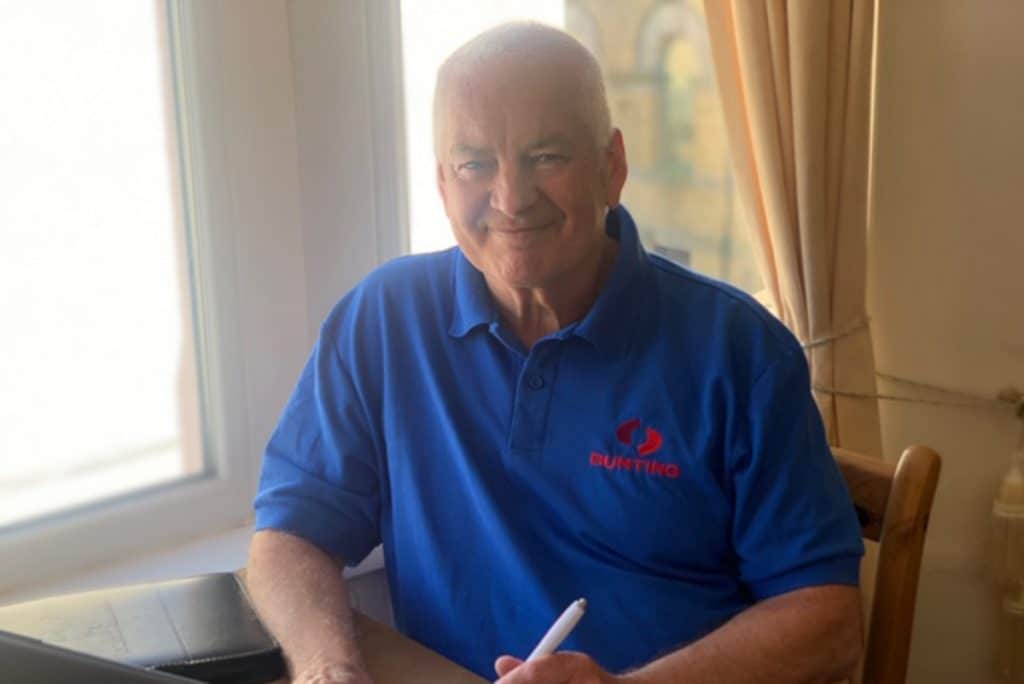
In July, Bunting launched the new Shaker Magnetic Catch, extending the range of magnetic catches sold by Bunting on their online sales outlet Bunting-eMagnets UK. The new Magnetic Catch enables quicker installation in Shaker-style kitchens, with only one screw providing secure fixing.
The new updated Bunting-eMagnets website was launched in October, providing improved functionality. The website provides online access to an extensive range of rare earth magnets including neodymium discs, ferrite blocks and samarium cobalt rings.
These news items were supported by several technical articles including explaining neodymium magnets strength and a review of sensor magnets.
Planning for 2021
“Every year presents challenges, although those faced in 2020 have been quite unique,” explained Simon Ayling, Bunting’s European Managing Director. “Our focus has been on developing our team, expanding our engineering expertise, and improving our online presence for magnets and magnetic products [through Bunting-eMagnets]. We would like to thank all our employees, at both Redditch and Berkhamsted, for their hard work and support during 2020. Also, we would like to thank our customers for working with us during these times. As a company, we believe that working together makes us stronger. Let’s look forward to an exciting 2021.”
Bunting designs and manufactures a wide range of magnets and magnetic assemblies. Many are bespoke for specific applications. For further information on any of the products mentioned in this review, or for bespoke magnet assemblies and magnet designs, please contact us via:
Phone: +44 (0) 1442 875081
Email: sales.berkhamsted@buntingmagnetics.com
Via Bunting-eMagnets for online purchase of Magnets and Magnetic Technology
Follow us for all our latest news on Social Media



